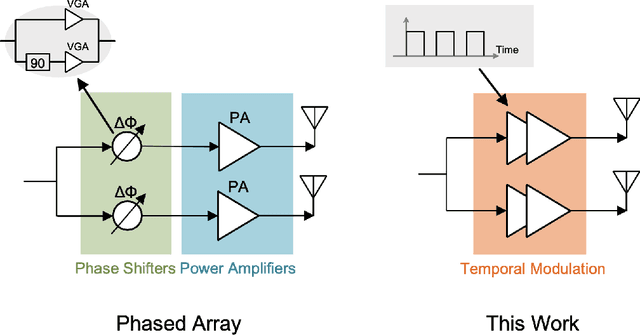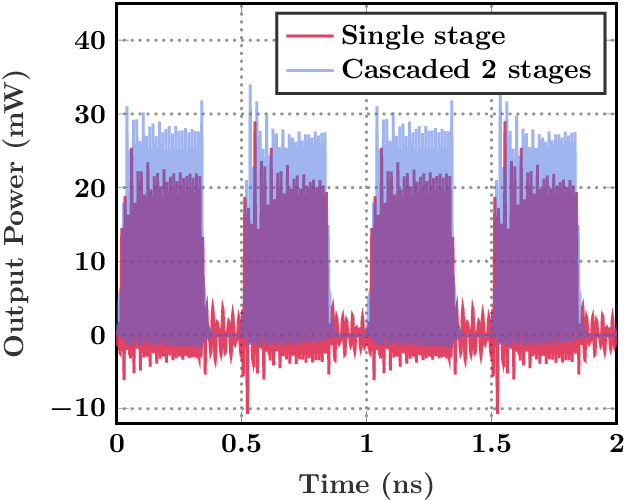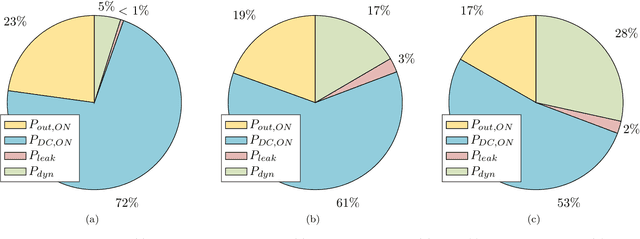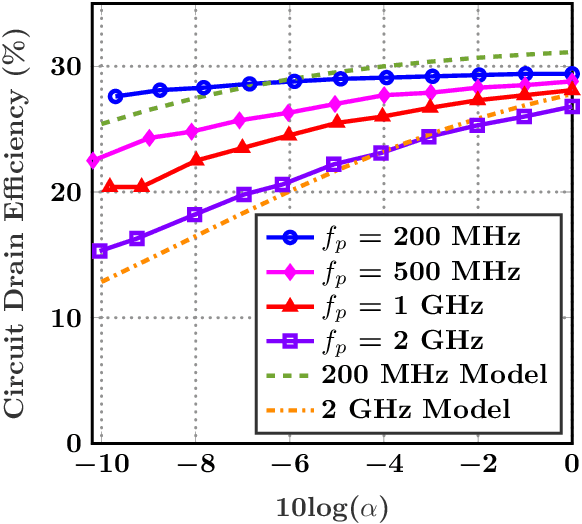Junfa Mao
A Point Cloud Enhancement Method for 4D mmWave Radar Imagery
Jan 30, 2024Abstract:A point cloud enhancement method for 4D mmWave radar imagery is proposed in this paper. Based on the patch antenna and MIMO array theories, the MIMO array with small redundancy and high SNR is designed to provide the probability of high angular resolution and detection rate. The antenna array is deployed using a ladder shape in vertical direction to decrease the redundancy and improve the resolution in horizontal direction with the constrains of physical factors. Considering the complicated environment of the real world with non-uniform distributed clutters, the dynamic detection method is used to solve the weak target sensing problem. The window size of CFAR detector is assumed variant to be determined using optimization method, making it adaptive to different environments especially when weak targets exist. The angular resolution increase using FT-based DOA method and the designed antenna array is described, which provides the basis of accurate detection and dense point cloud. To verify the performance of the proposed method, experiments of simulations and practical measurements are carried out, whose results show that the accuracy and the point cloud density are improved with comparison of the original manufacturer mmWave radar of TI AWR2243.
mmWave Spatial-Temporal Single Harmonic Switching Transmitter Arrays for High back-off Beamforming Efficiency
Jun 30, 2021



Abstract:This paper presents a spatial-temporal single harmonic switching (STHS) transmitter array architecture with enhanced efficiency in the power back-off (PBO) region. STHS is an electromagnetic and circuit co-designed and jointly optimized transmitter array that realizes beamforming and back-off power generation at the same time. The temporal dimension is originally added in STHS to achieve back-off efficiency enhancement, which can be combined with conventional power back-off enhancement methods such as Doherty amplifiers and envelope tracking. The design is validated through a simulation of a two-stage power amplifier in 65-nm CMOS at 77 GHz, which achieves a peak drain efficiency (DE) of 24.2%, a 22% DE at 3-dB PBO, 16% DE at 6-dB PBO, and 10.2% at 9-dB PBO. The efficiency exhibits a 57% improvement at 3-dB PBO, 100% improvement at 6-dB PBO, and 190% improvement at 9-dB PBO compared with class A/B amplifier.
 Add to Chrome
Add to Chrome Add to Firefox
Add to Firefox Add to Edge
Add to Edge